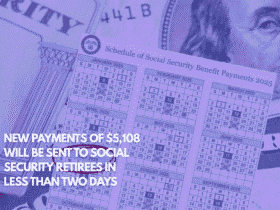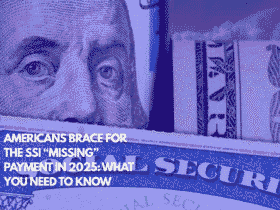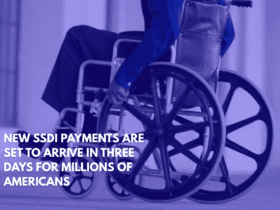In May 2025, many Social Security Disability Insurance (SSDI) beneficiaries will receive their monthly payments according to a fixed schedule set by the Social Security Administration (SSA). This includes those whose birthdays fall in different parts of the month, with the maximum benefit amount now reaching $4,018.
These payments are part of a system that’s been in place since the late 1990s, ensuring that everyone receives their benefits based on their birth date and when they started receiving SSDI.
SSDI Payment Schedule for May 2025
If you are receiving SSDI and your birthday falls between:
- 1st to 10th – Your payment was made on May 14
- 11th to 20th – You will receive your payment on May 21
- 21st to 31st – Your payment will arrive on May 28
These dates apply to those who started receiving SSDI after May 1997.
For those who began receiving benefits before May 1997, payments are made on the 3rd of every month. However, because May 3, 2025 was a Saturday, the SSA made the deposit on May 2, 2025 instead. The same rule applies to people receiving both SSDI and Supplemental Security Income (SSI).

SSDI 2025 Payment Increase: What’s New?
Thanks to the 2.5% Cost of Living Adjustment (COLA) in 2025, the maximum SSDI benefit increased from $3,822 to $4,018 per month. However, very few people—less than 1%—receive this maximum. It applies only to those with a consistent 35-year record of high earnings and full tax contributions.
The average monthly SSDI is much lower, around $1,542. Most recipients receive less than the maximum due to irregular work histories or lower lifetime earnings.
New Changes in 2025: Social Security Fairness Act
One of the big updates in 2025 is the Social Security Fairness Act, which removed the Windfall Elimination Provision (WEP) and the Government Pension Offset (GPO). These rules used to reduce benefits for people who also received government pensions from jobs not covered by Social Security.
From 2025 onwards, some pensioners will see higher SSDI payments due to these changes. However, it’s important to note that these changes do not affect the May 2025 SSDI payment schedule.
Can You Receive SSDI and SSI at the Same Time?
Yes, it is possible to receive both SSDI and SSI, and about 20% of SSI recipients do this. This is called concurrent benefits.
You may qualify for both if your SSDI income is low and your resources are under $2,000. Here’s how it works:
If your SSDI is below $943, you may still receive some SSI. The first $20 of income is not counted, so if you get $900 in SSDI, your SSI payment would be $63, totaling $963/month.
If your SSDI is more than $943, you might not receive any SSI, but you will still keep Medicaid benefits.
Concurrent beneficiaries also get access to Medicare after 24 months of receiving SSDI. SSI recipients automatically qualify for Medicaid, and some states even give extra financial support, which boosts your income without affecting your federal SSI amount.











Leave a Reply